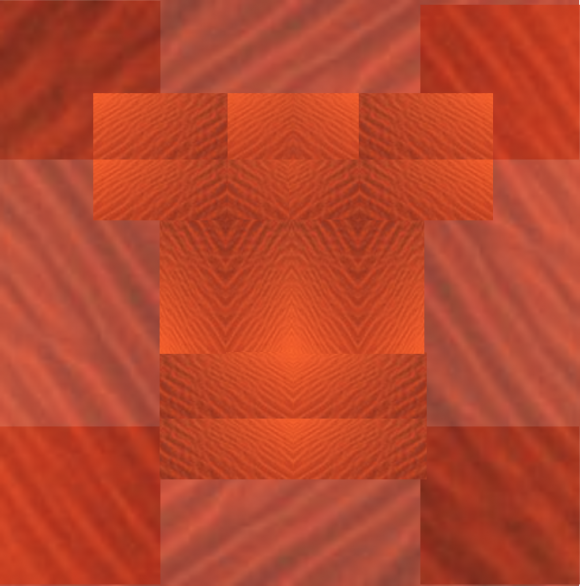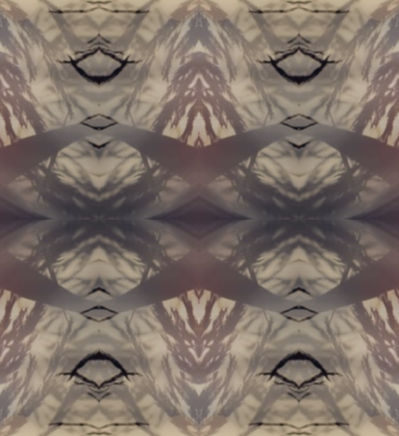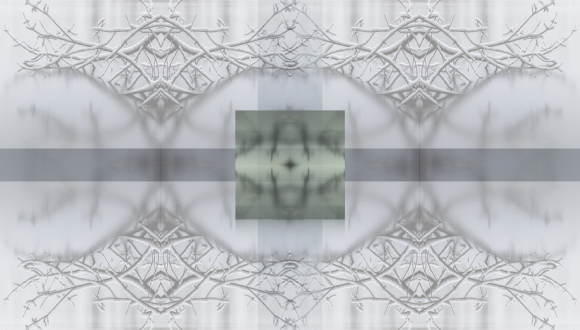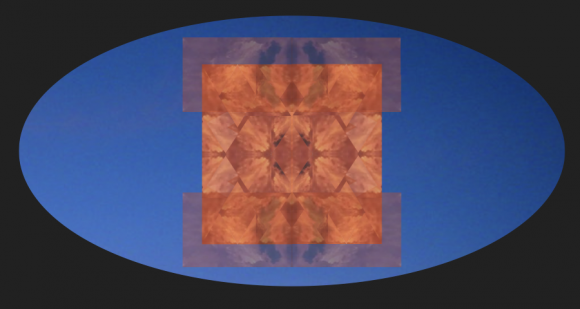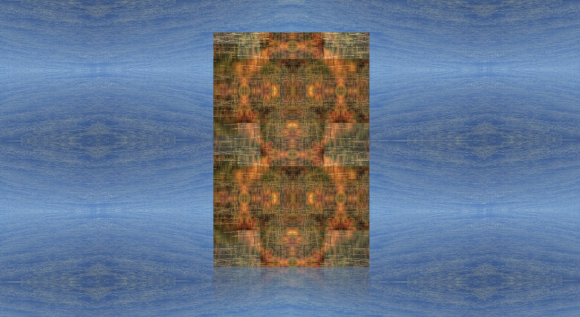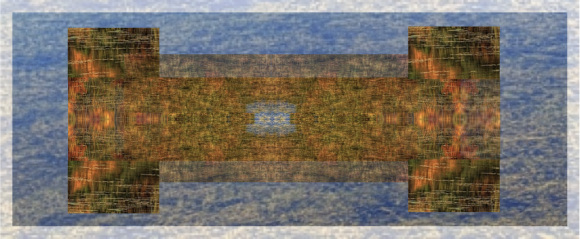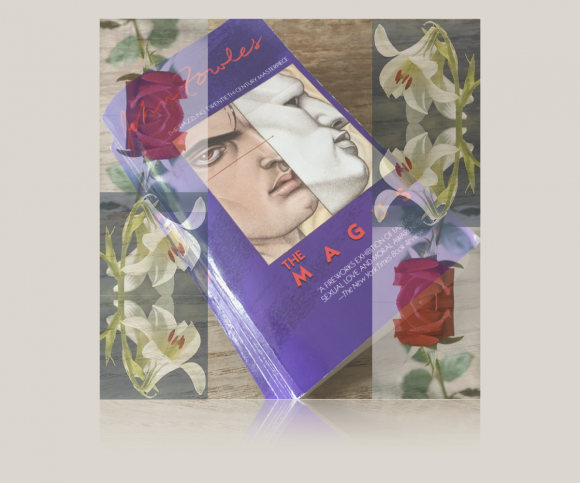
Returning from his year-long stay on a Greek island, the protagonist of The Magus makes an intermediate stop in Rome. But he compares his impressions unfavorably with those he had in that other Mediterranean world: The sun shone as certainly, the people were far more elegant, the architecture and the art much richer, but it was as if the Italians, like their Roman ancestors, wore a great mask of...

